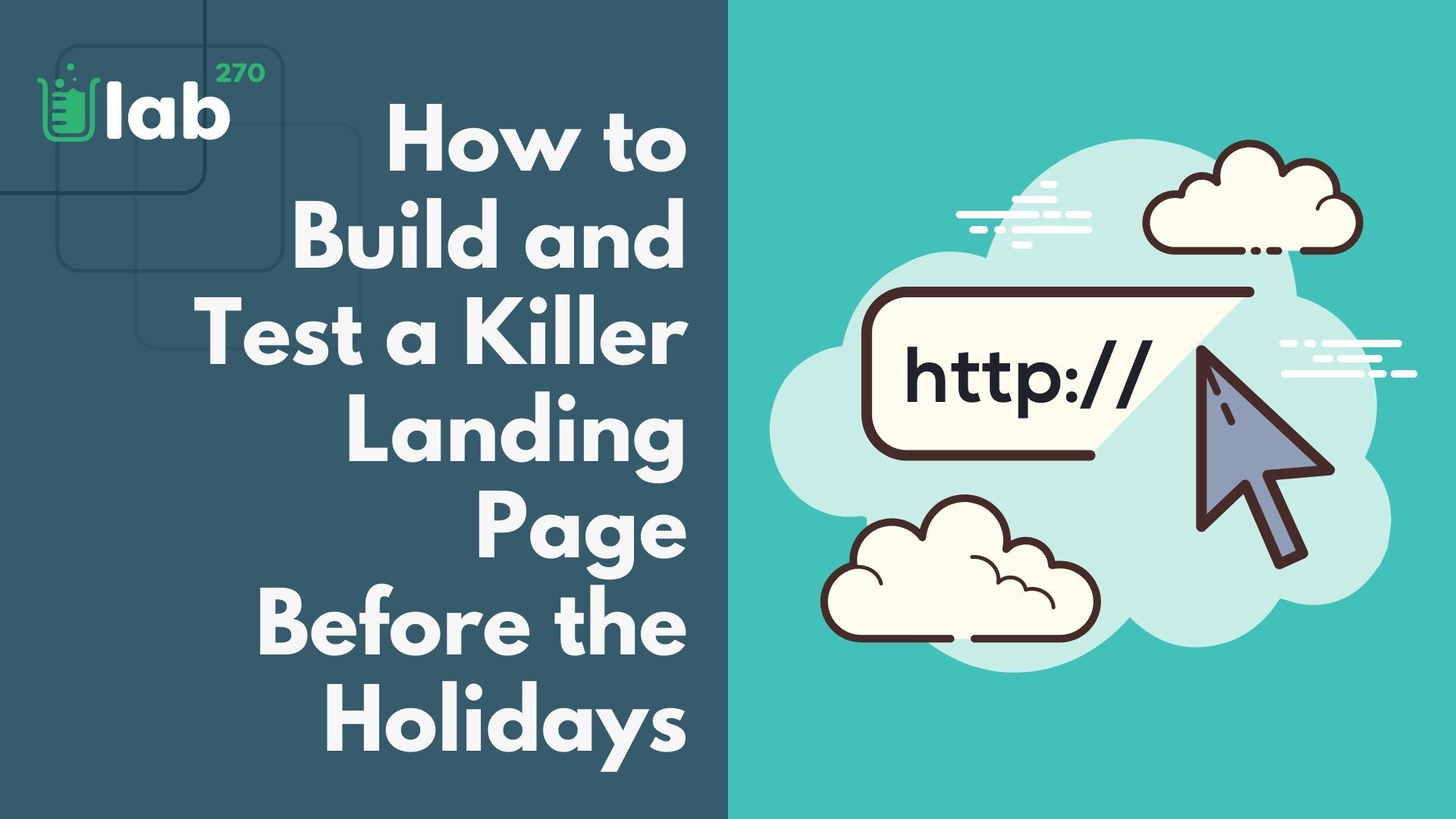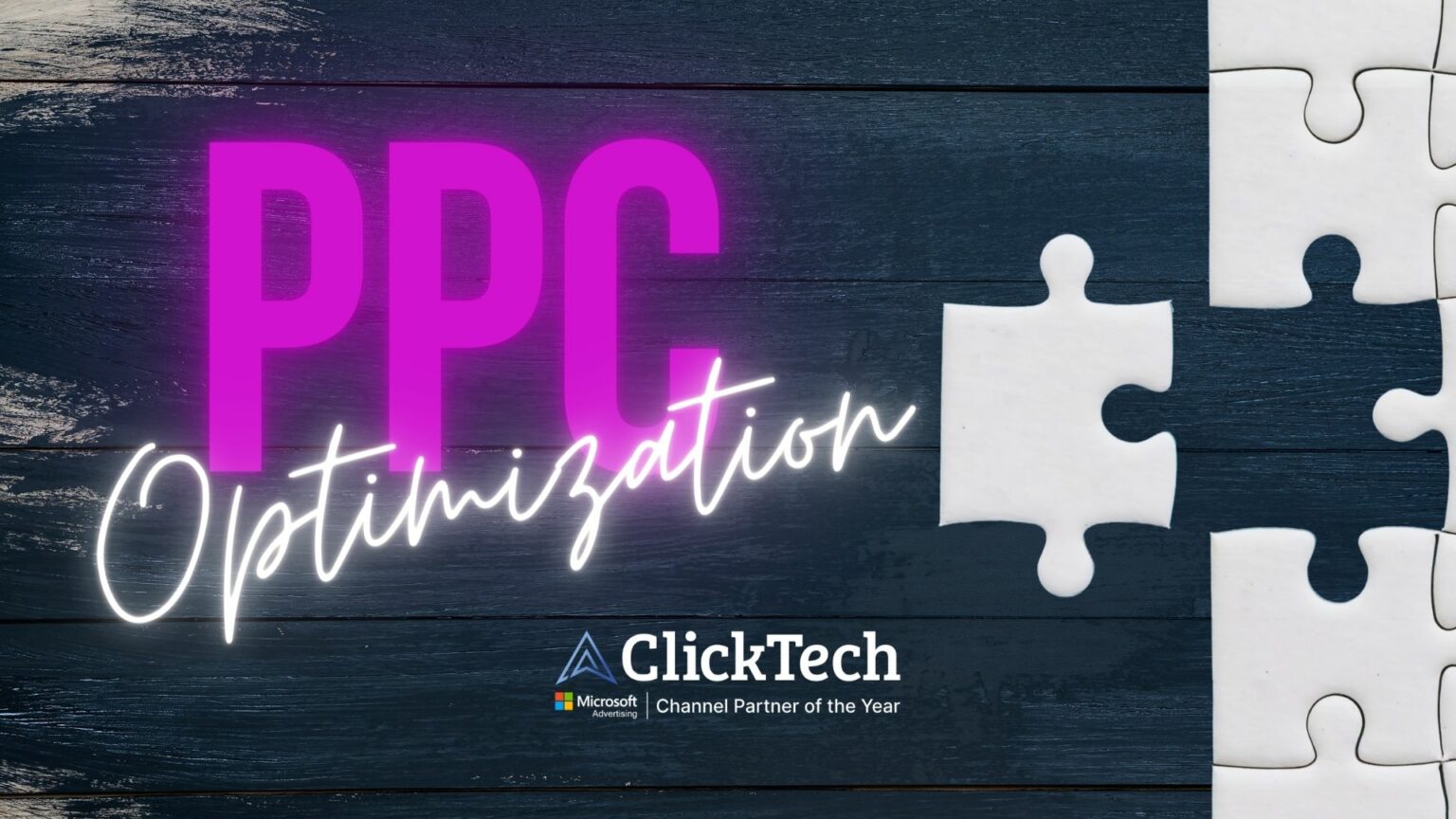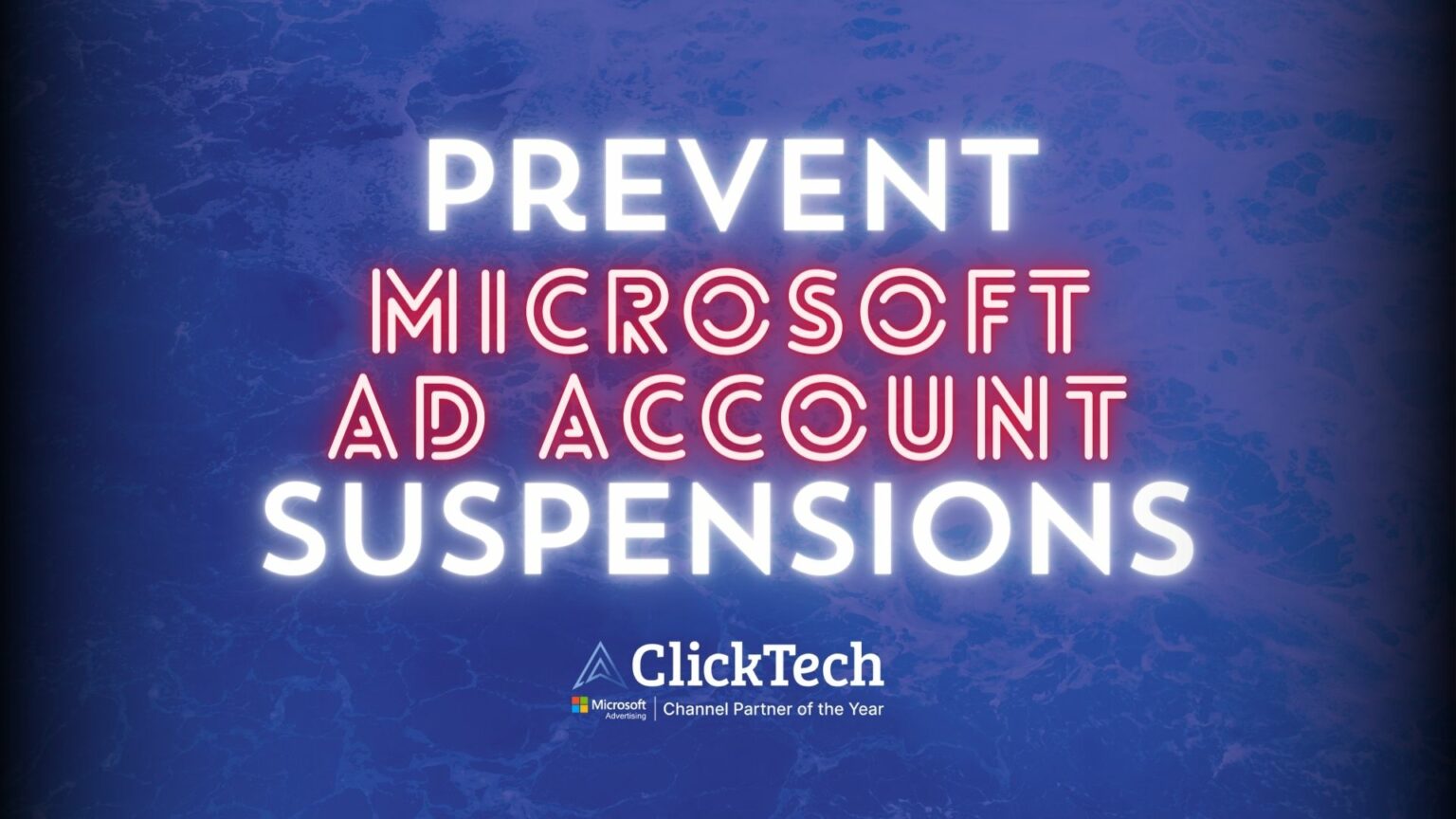
How to Build and Test a Killer Landing Page Before the Holidays


Imagine that you’re walking downtown and you see a new boutique. You decide that their branding and logo look interesting, so you head inside.
As you walk in, you see shelves full of products lining the wall. Someone behind the cash register says "hello, welcome. I'll be in the back. Ring this bell, and I'll come out if you have any questions." You start looking around to see what they sell, but nothing jumps out at you, so you leave.
Unfortunately, this is the experience most Shopify users have when you don’t have a killer landing page.
When shoppers land on your site, they have to search through categories and subpages to find what they want and dig through the fine print to find product descriptions. Eventually, they shrug and go back to scrolling through their social feeds.
Now, imagine if that employee had come out from behind the register to show you the store’s best products and tell you about the new business. And let’s say you found that what they were selling would solve a problem that you have been looking to solve.
Landing pages, like this second scenario, provide more of a hand-holding experience. People process information and make decisions in an organized manner, and your landing page can make the end-user realize that it makes sense to invest in your products or services.
Benefits of a Killer Landing Page
Your landing page can be one of your store’s most effective salespeople. We all know that every salesperson isn’t equally skilled. Similarly, what separates top-performing landing pages and underperforming pages are their processes.
We build landing pages to encourage quick buying decisions. Most of the time, your prospect will decide whether or not to make a purchase within 2-3 minutes of clicking on your ad. They are sitting in the passenger seat of a car (or the driver's seat -- yikes!), at a coffee shop, on the sofa, etc., and mindlessly scrolling through their social feeds. As soon as they see your ad and decide to click, the clock starts!
After the ad click, the next 2-4 seconds are essential. First is your page speed and what the user sees as soon as they arrive on your page. If it takes longer than 4 seconds to load your page, you need to address that immediately. That is when users will start getting frustrated and bounce out and continue their scrolling session. Secondly, your hero section on your landing page is time for your first impression and should have a CTA (call to action).
In designing the landing page, first, we organize the content.
The flow of the copy should convey a conversation. The landing pages are demoing your product and talking to your customers to influence a buying decision.
Also, if you start with a prebuilt template, you may find yourself with writer's block because you're trying to make content fit into a section instead of building sections around the content. Your lander will typically be rushed and messy.
In building the copy and flow, we start with mind mapping highlights that will evolve into the sections of your landing page.
Sections of an Effective Landing Page
The components that make a Shopify landing page effective typically fall into these categories:
- Feature/Benefit: Write out what your product features are and what problem they are trying to solve.
- Common Objections: What are the most common objections people may have for your product? (It is essential to get feedback from previous customers, abandoned carts, etc., to get these. Since you already know about your brand and products, your perspective will be biased. To overcome, we suggest contacting previous customers and getting insight.
- Social Proof: Testimonials and UGC videos help validate that what you are saying is true.
- Offer: Get creative with your offer. How are you going to stand out amongst all of the other marketing noise in the industry? We typically try and avoid % off discount offers by themselves. Buyers are conditioned as they see promotions every day from other retailers.
- CTAs: Every section should have a call-to-action (CTA). When prospective customers feel they have the information needed to make a well-informed buying decision, they have to act as soon as possible. Every second that goes by without taking them to check out past this point is just more time for them to come up with additional reasons not to buy.
- FAQ: The information your Frequently Asked Questions (FAQ) provide is important. And on a landing page, there is no navigation for them to bounce to a different page.
- About Us: Who are you as a company and why should I buy this from you? People make purchases from companies that they understand, trust, and resonates with their values.
Adding Purpose
Once we’ve built out the sections, we give them purpose. If the copy is used to overcome objections, that will now provide them with purpose.
The most common purpose is overcoming an objection. And objections fall into three categories:
- Price
- Product
- Brand
If you cannot provide the component with a purpose, it will need to be eliminated.
A Killer Landing Page Design
Now that you have structured your copy and flow, you’re ready for a killer landing page design.
Your design should look presentable and professional from a high-level view. We’ve all seen screenshots of landing pages that look great and ones that don't. Did you read the copy on the page before you made the judgment that the landing page was not good? Probably not.
At our shop, we measure landing page designs according to a few weighted categories.
These categories are:
- Creatives (60%): The overall look of your landing page is impacted heavily by your choice of imagery. Using subpar, or irrelevant creatives will be obvious.
- Color Palette (10%): Choosing the right color pallet will accentuate your branding and create a mood that matches your message.
- Fonts (10%): Choosing a font is pretty critical. Be sure to choose a font that looks great as both Bold and standard. It should look easy to read while holding true to your branding. Avoid fonts that are thin and script-like.
- Section Layout (5%): The layout of the section is not as important. If you look at almost all websites, you'll notice that the layout of the sections is similar (Example: Image on the left, copy on the right). What sets them apart is their content.
- Responsiveness (15%): We have all heard mobile-first. Responsiveness across mobile, tablet, and desktop will ensure users on any device will receive the intended experience.
Tracking, Testing & Beyond
Of course, the journey doesn’t end with developing and integrating your landing page. You’ll also want to set up tracking and multivariant testing (MVT) so you can continue to improve the performance of your landing page. But we’ll save testing and conversion rate optimization for another post.
Your window for testing before the Q4 selling season begins is closing fast. Landing pages typically take 14-30 days to design, build, and launch. Q4 is less than 45 days away, so the clock is ticking!
Looking for a killer landing page with advanced functionality that works seamlessly with your existing systems? Look no further than Lab270, the development partner digital marketers trust. Click here to contact us now!





